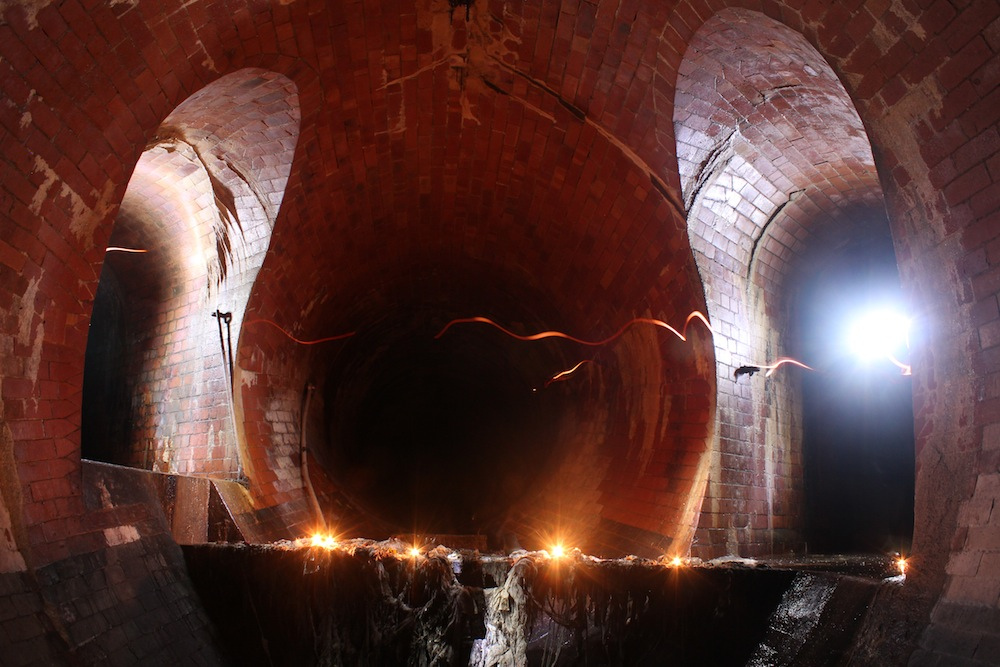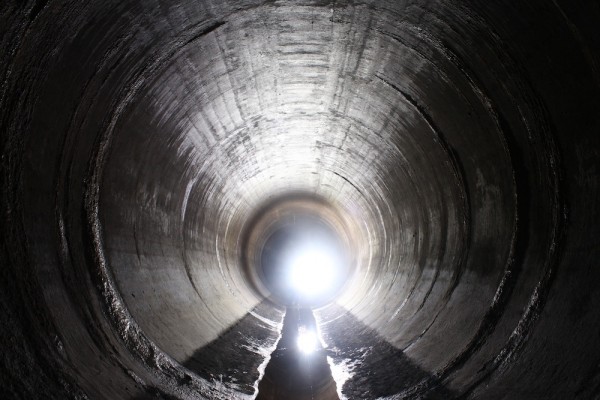The River Effra is one of London’s great lost waterways. Rising near Crystal Palace, its course flows through Norwood, Dulwich, Herne Hill, Brixton, and Kennington, before finally emptying into the Thames beside Vauxhall Bridge. Since Victorian times this ancient river has been lost from sight, however, flowing through subterranean passages and drains deep beneath the city streets.
I took a trip down to London Below in order to walk the course of this long-forgotten Thames tributary.

